 Delhi
Delhi7 Helpful Tips That Every First Time Plant Parent Needs To Swear By
In recent times, owning indoor plants has gained much popularity. They make your house look great, and have air-purifying qualities. But, becoming a plant “parent” is tougher than it seems. It is much more than just bringing in a beautiful plant to brighten up your decor. You gotta take care of their needs like a baby, and carve some time out from your week to devote to their care. Here’s a beginner’s guide to prep you for becoming a first-time plant parent, good luck!
1. Choosing The Right Plant
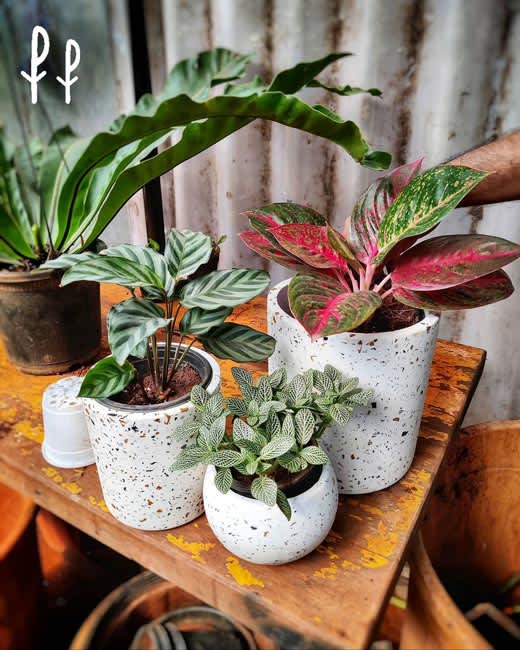
Picture Credits: plantpeople.in
Researching for the right plant is perhaps the most important step in your upcoming endeavour. You need to choose a plant according to the light and humidity conditions in your house, and the amount of time and care you can devote. Additionally, if you have actual babies or pets, you gotta ensure you buy a plant that’s not toxic to your curious pets or requires much attention in case you have a baby. We’d suggest for you to start small, with small and low maintenance plants which are easily cared for. Some of the low maintenance plants are Snake Plant, Fern, ZZ Plant, Pothos, Monstera, or the Swiss Cheese Plant. Also, make sure you buy from reliable sources, armed with ready experts to answer all the questions you may have. Some recommended sources are myBageecha, Ugaoo, and Plants Cart. Remember, choosing the correct pot & good potting soil is important too!
2. Knowing Your Plant
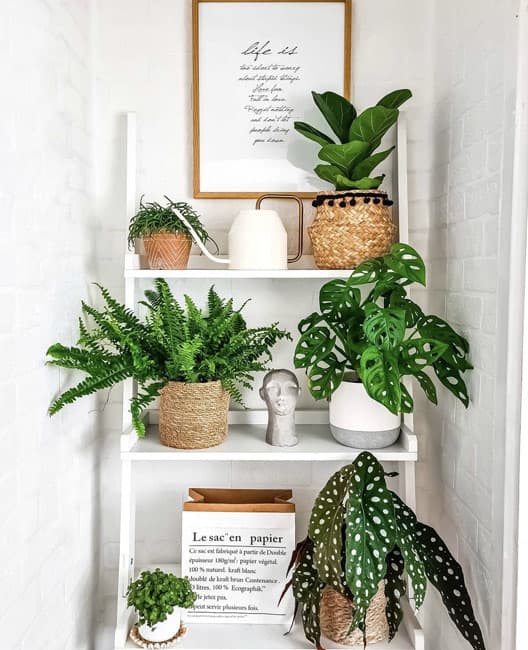
Picture Credits: janki.home/
Once you have chosen your plant, find out all about it. Place it very carefully according to the light it requires. Different plants have different light requirements. A lot of times the plants die due to too much or too little sunlight, humidity, and other requirements. So, the very first piece of advice would be to do some research and learn about your plants from the internet or from authentic sources and take care of the plants accordingly. We know you’re very excited about the bright and pretty pots, and so are we! Welcome your dear plant baby into your homes with love.
3. Don’t “Over Parent” Or “Under Parent”
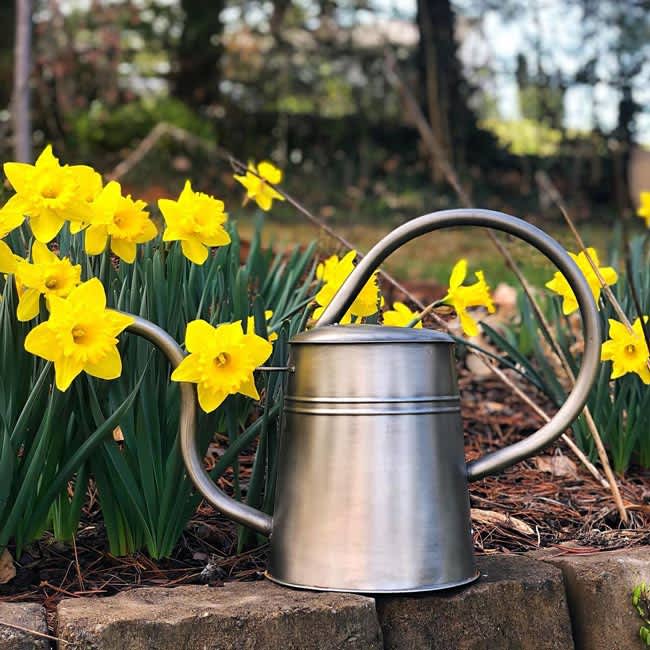
Picture Credits: brandonlarkroberts
A very important piece of advice would be to avoid the urge to over-water. Over-watering is one of the most common mistakes, plants don’t want to have “wet feet,” a friendly term for when their roots are absolutely saturated from sitting in a puddle for days. Unless noted otherwise, most houseplants would prefer being slightly dry to soaking wet. Well, once you have researched the amount of water your plant needs, make a schedule accordingly. (Once or twice a week should be enough, but depends on the weather AND your plant really). And try not to miss the schedule! You may need to mist your plants with filtered water for them to thrive. (A light mist once or twice a day). Select a pot that has good drainage.
4. Use Fertilizers If Needed
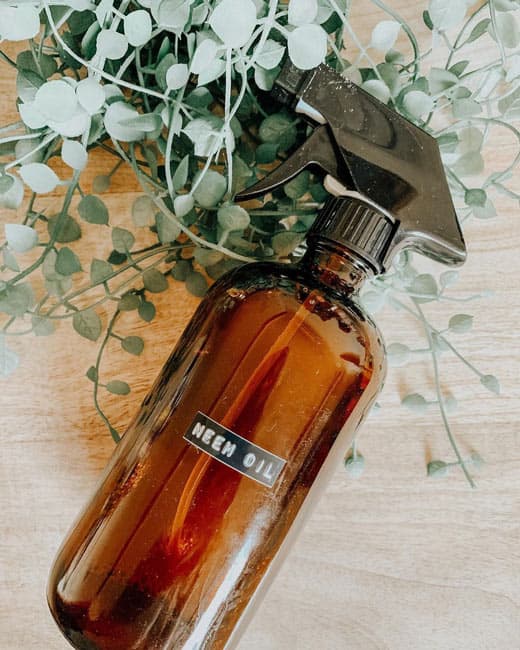
Picture Credits: allthe_oils
Just as we need our vitamins, plants need their nutrients and need to be protected from pests, insects, and funguses. Opt for organic and sustainable pesticides, like neem-based products, which are great for plant protection. Providing fertilizers to your houseplants helps ensure they will remain happy and healthy. Keep in mind - fertilizers should only be applied during the growing season.
5. Pruning & Repotting
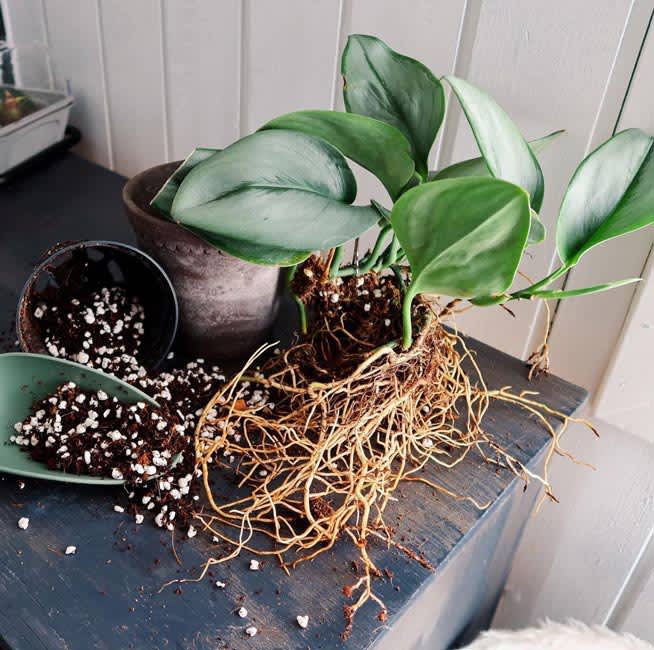
Picture Credits: /botan.ly/
Pruning your houseplant is necessary to maintain its shape, keep it at a certain size and remove dead foliage. Old or dead leaves need to be pruned off because you don’t want pests to fester or develop in rotting plant material in your home. (Of course, don’t prune unnecessarily, if you notice your plant getting tall and spindly, prune only then). Certain plants must have their roots pruned at different intervals, so it’s important to read up on how often you should be pruning your plant. Trim your plants once every three months. Once your plant begins outgrowing its pot (you’re doing a good job, bud!), re-pot it in a planter that is 1 to 3 inches larger than its current pot. As a new plant parent, you might be worried about this step, no need to worry, just trust your research and keep going!
6. Keep A Check For Infections

Check houseplants for diseases or insects before you buy them. Some signs of a plant with pests or diseases are white dots, sticky residue on the leaves, and a bad odour. Diseases will typically impact plants in the form of discoloured leaves, drooping leaves, or stunted growth. If you think your plant has succumbed to some disease, observe it for a few days, and then try to find the right cure. Mostly you need to cut off the infected areas and change a few conditions. It is also a good idea to wash the leaves of your plants several times a year. Dust and grime on houseplants don’t just look bad; it is also bad for the health of the plant. Healthy indoor plants will be able to resist and fight off pests and diseases much better than weak plants, so make sure you are meeting the cultural requirements of the plant and taking good care of it!
7. Start Reading And Researching
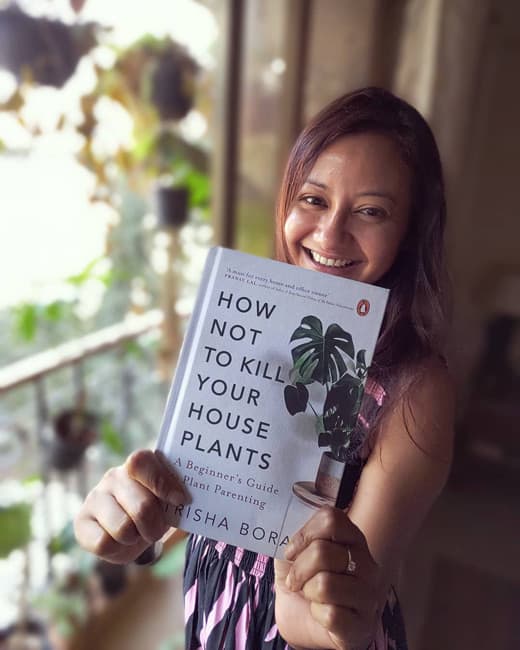
Picture Credits: aplantersdaughter
Wanna bring a green member to your family soon but still got some questions? We say start reading and researching ASAP. We have listed here a few things you need to be careful about. But parenting gets better with experience and as you connect with other plant parents. Here are a few good reads and channels you can follow that will help you in your endeavour and get you giddy with excitement:
-How Not To Kill Your Houseplants: A Beginner's Guide To Plant Parenting by Trisha Bora
-How To Make A Plant Love You by Summer Rayne Oakes
-Garden Up on YouTube
-@plantkween on Instagram
Happy planting peeps!
Like
Bookmark
Share

